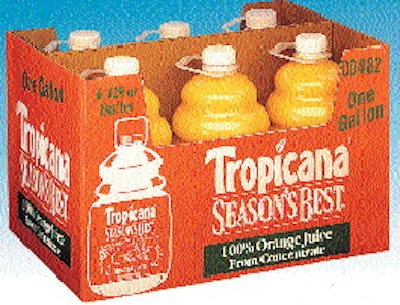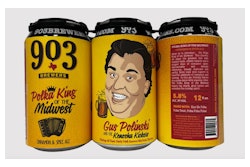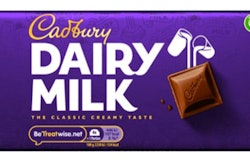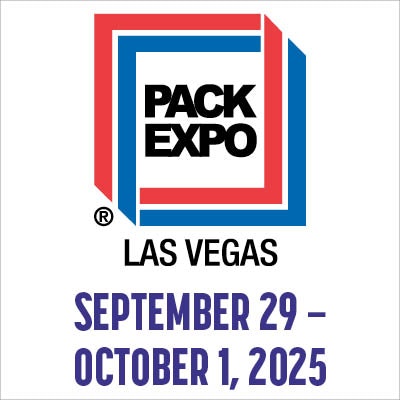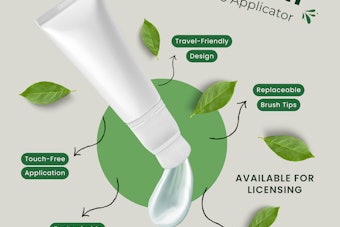Shelf-stable fruit juices hot-filled into heat-set PET containers have steadily grown in popularity since they first started appearing about five years ago. Especially popular of late is the 128-oz or 1-gal size, which offers significant lightweighting and ease-of-handling advantages compared to a gallon glass container. Citrus juices, however, have been conspicuously absent among the ranks of the PET converts, primarily because the juice is so temperature sensitive. In this regard it's a lot like tomato juice, another latecomer to the hot-fill PET club (see Packaging World, Apr. '96, p. 2). Perhaps the only juice packer to be successful hot-filling citrus juices in PET is Tropicana of Bradenton, FL. It launched its Season's Best orange juice, made from concentrate, in August, 1995, in a 1-gal stock PET bottle that's injection stretch/blow molded via heat-set technology by Graham Packaging (York, PA). Sold nationwide, the bottle, which weighs 139 g, has been a big success. Season's Best grapefruit juice is now being launched in the same package. Thus far, only club stores are receiving the 1-gal containers, which are coded for a six-month shelf life. "We're looking for fast turns, and from a manufacturing and distribution standpoint, the club stores are more effective at turning inventory," says Rob Weick, who works in Tropicana's research and development group as manager of package development. Copackers fill the bottles for Tropicana, one in the east and one out west. "Not all copackers could meet the stringent set of specifications our product development and process group put together for this line," says Weick. "There's not much room for error in processing or filling." 'Twins' came first Before the PET bottle was launched, Tropicana delivered to club store shoppers the 1-gal shelf-stable servings they like by combining with a paperboard carrier two 64-oz glass bottles that were aseptically filled. This twin-pack is now being phased out of the club store business as the PET bottles are phased in. Selling price for the new bottle is $3.99, the same as the glass twin-pack. Weick isn't saying if packaging material costs are going up or down as Tropicana switches from self-manufactured glass twins to a 1-gal PET bottle blown by Graham. Nor is he very specific about any savings in distribution costs that may accrue due to the lighter weight of the plastic bottle. Tropicana caps its 128-oz bottles with a 48-mm polypropylene closure injection molded by Sun Coast Plastics (Sarasota, FL). A variety of firms supply the PP bale that serves as a handle. Paper labels, from Creative Label (Fairmont, WV), are printed flexo in six colors and then adhesive laminated to a clear polypropylene that protects the paper and ink from moisture. Secondary packaging is a full-height corrugated tray that holds six bottles. It's supplied by Weyerhaeuser (Tacoma, WA). Flexo printed in two colors, it's made of a 200#-test, C- flute corrugated board. Weick says the 1-gal PET bottle has been available since August of 1995. "It was a pretty quiet launch," he concedes, "but an extraordinarily successful one." He credits Tropicana's product development group for their contribution. "They worked hard on a hot-fill formula that would make this work. We're at the point where we can get a product similar in quality to cold-filled aseptic, without having to absorb the capital costs of aseptic filling." The difficulty of developing such a formula is one reason orange juice has lagged behind grape, apple, cranberry, and other fruit juices that have been hot-filled in PET for so long now. The other reason, at least in Tropicana's case, is that, as Weick puts it, "There was no burning need because the club store demand for a 1-gal size had not yet developed. "We've had aseptically-filled 64-oz glass for many years," continues Weick. "We still do. A lot of it goes to convenience stores, not very much to conventional supermarkets. The need for a 1-gal shelf-stable container only emerged as the club stores came on. We met that need at the outset by selling the 64-oz bottles as a twin-pack. It quickly became the highest velocity product we had at Sam's Club." Thus armed with hard evidence that consumers truly wanted a shelf-stable orange juice in a 1-gal serving, Tropicana set out to develop a better package in which to deliver it. The rest, as they say, is history.
